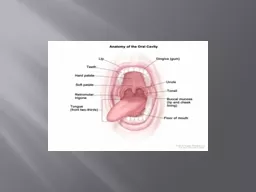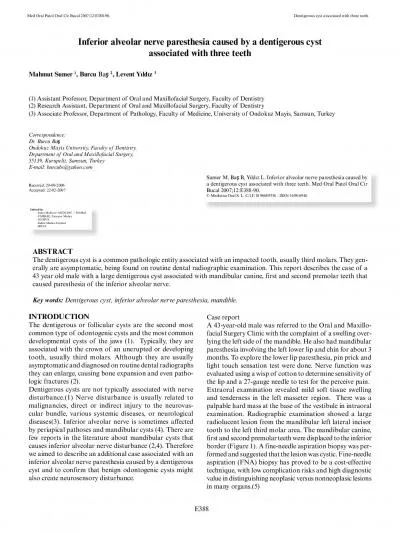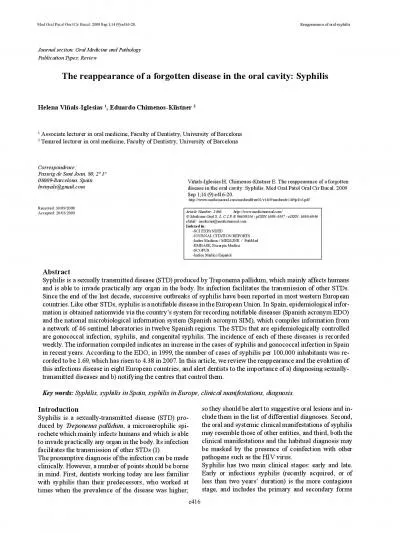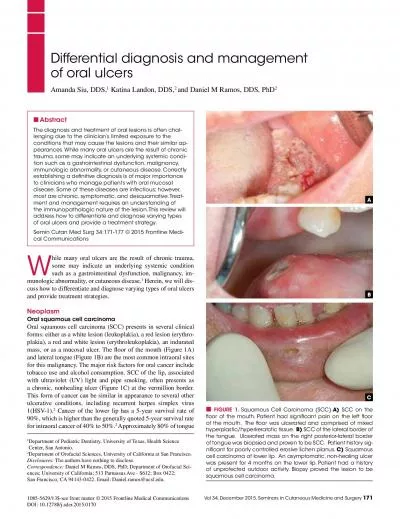PPT-Gray Oral Reading Test 5
Author : briana-ranney | Published Date : 2019-12-17
Gray Oral Reading Test 5 th Edition Alexis Saperstein and Mary S tewart Anderson EDSP 5311 Diagnostic and Prescriptive Teaching of Exceptional Children Dr Reed Houston
Presentation Embed Code
Download Presentation
Download Presentation The PPT/PDF document "Gray Oral Reading Test 5" is the property of its rightful owner. Permission is granted to download and print the materials on this website for personal, non-commercial use only, and to display it on your personal computer provided you do not modify the materials and that you retain all copyright notices contained in the materials. By downloading content from our website, you accept the terms of this agreement.
Gray Oral Reading Test 5: Transcript
Download Rules Of Document
"Gray Oral Reading Test 5"The content belongs to its owner. You may download and print it for personal use, without modification, and keep all copyright notices. By downloading, you agree to these terms.
Related Documents














